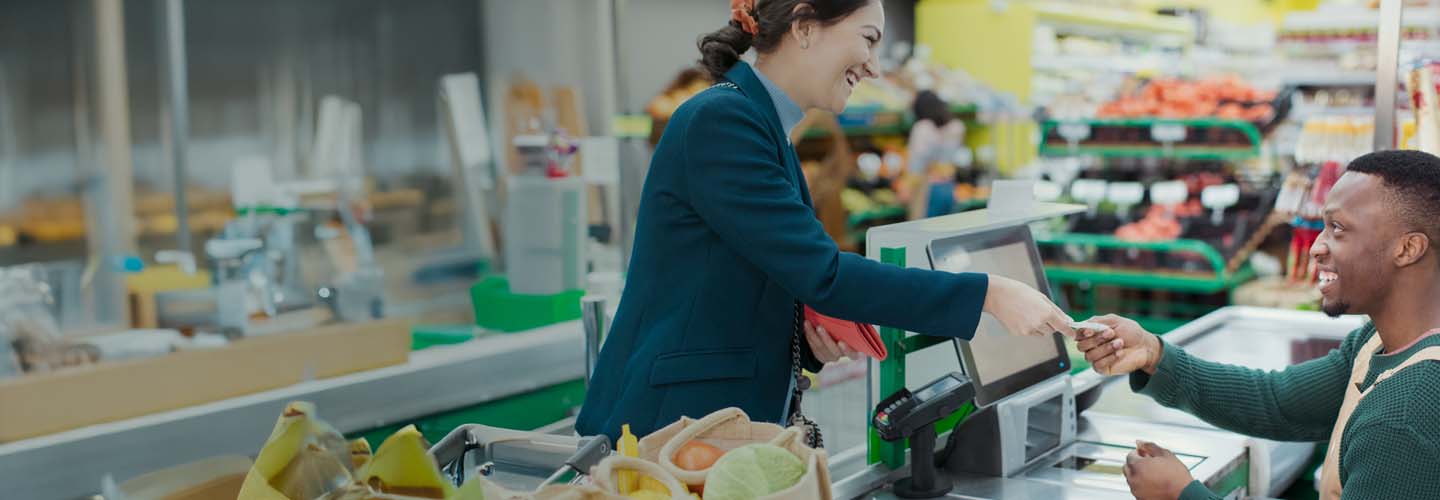Innovation is key to creating a thriving business. And although imitation is said to be the sincerest form of flattery, when someone has ripped off your unique idea, their sincerity is not much consolation.
This is why copyrights and patents are vital – they protect your intellectual property from being used and copied without your consent.
Why your business may need patents or copyrights
Whether you’re an artist devoted to creating original intellectual property, or an innovator who comes up with unique inventions to solve common problems or cater to unmet needs, you need to understand how patents and copyrights work. They could save you from the heartache of watching someone steal your brainchild from under your nose.
Patents provide legal protection against your invention being copied. While not every invention or business needs a patent or will qualify for it, the value of a patent goes beyond mere legal protection. It can also enhance the value of your business, attract investors and serve as a deterrent to potential competitors.
Choosing wisely: Copyright vs patents
Although patents and copyright both provide legal protection, they are not the same thing. They apply to different types of creations.
Patents typically provide exclusive rights to inventions and unique engineering or design innovations. Copyrights are granted for original works of authorship, such as literary works, artistic creations and musical compositions.
You can apply for both a patent and a copyright on a product if it matches both criteria. In fact, many software products have both patents and copyrights. The patent will apply to the algorithm or technology by which the software works, and the copyright will apply to the overall visual aesthetics of the app. Since software code is written, it will need copyright protection instead of a patent.
Patent and copyright search: Avoiding existing patent and copyright pitfalls
Before you apply for patent or copyright protection, you must ensure that your idea is original. Search for existing patents to decide just how original your invention is. Check the comprehensive Companies and Intellectual Property Commission (CIPC) online database to find out if you meet the criteria to qualify for a patent.
Always keep your idea a secret until you have received your patent
Before you claim copyright on an artistic creation, you’ll need to confirm that it is original by checking it for plagiarism. You can use online services that scan for plagiarism to make sure you haven’t accidentally borrowed any material from another artist’s work.
You should also consult an attorney who specialises in patents or a legal expert who can provide insight and guidance during the search process. Check existing patents and copyrights carefully to make sure that your application will not infringe on any of them.
How to apply for copyright protection
You automatically secure a copyright when you create an original work, like a book or piece of music, that is visible or audible to others. To automatically secure copyright, the author must meet certain criteria – they must be a South African citizen or resident, or their work must be published or made in South Africa.
Most eligible works don’t require registration, except for films. To publicly claim copyright, add the term ‘copyright’ or the symbol ©, followed by your name and the year, to the written format. For films, DVDs, or videos, you need to apply to the Registrar of Copyright. Check the CPIC website for more details and the forms you need to apply for copyright registration.
Copyright protection lasts for varying lengths of time, depending on the type of work:
- Literary, musical or artistic works are protected for the life of the author, plus 50 years after their death.
- Films, photographs and computer programs can be copyrighted for 50 years after public availability or creation.
- Sound recordings and published editions are protected for 50 years after first publication.
Applying for a patent
Applying for a patent is a little more complex. It involves navigating a detailed process governed by patent law and overseen by the CIPC. A patent will grant you exclusive rights to your invention, ensuring your control over its use, production and sale for 20 years.
To qualify for patent registration, you must offer an innovative solution to a problem or provide a unique way of doing something. Some innovations, such as illegal inventions, do not qualify for patent protection.
The patent application process involves several steps, including conducting a patent search, engaging a qualified patent attorney, establishing the type of patent needed, and preparing and filing the application. The CIPC will review it to make sure that it’s complete, before they register your application.
Always keep your idea a secret until you have received your patent. The 2-step application process takes around 12 months to finalise, and if you tell someone about your idea before then, you risk a lengthy, costly legal battle if they try to steal it.
Are you ready to launch your innovation, but in need of some help with funding? Contact our business experts today to explore various credit options available to small businesses.








